Career Exploration: The Limitations of Interest Inventories
At CPE, our focus is on how to best prepare students for life after high school. All of our partnerships, programming, and initiatives focus on how to help educators help their students answer our three questions: Who am I? Who do I want to be? How do I get there? (I’m sure this is not [...]






